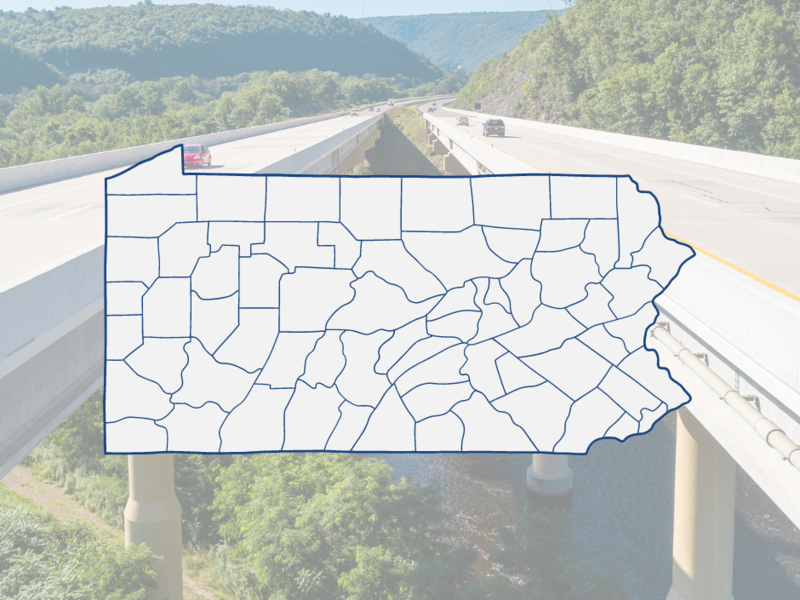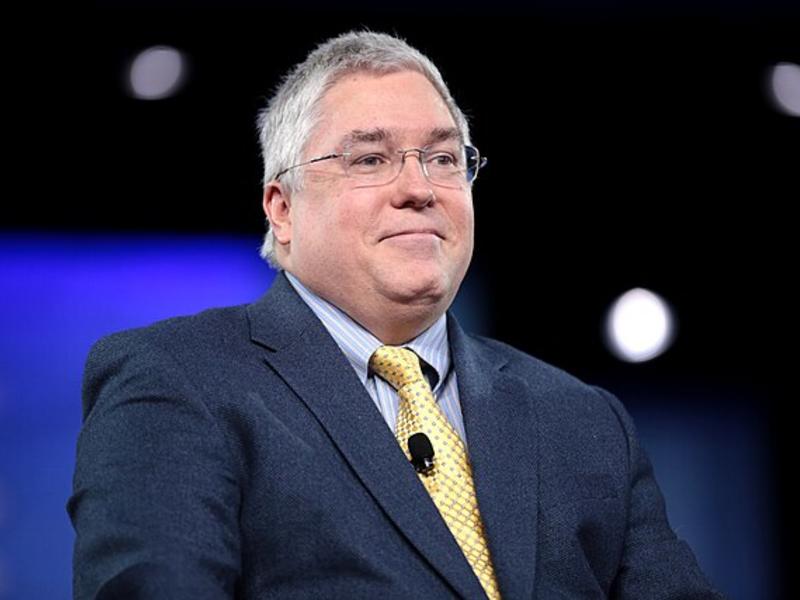
The last 2018 House race is yet to be officially called, but the fight for the 2020 Democratic presidential race has already started. Thousands of barrels of ink, literal or digital, will be expended on this contest, but a few things are becoming clear.
First, this fight will have a huge field of contenders, not just three as there were in 2016 when former Secretary of State Hillary Clinton, Sen. Bernie Sanders, and former Maryland Gov. Martin O’Malley competed for the Democratic nomination. It will even dwarf the substantially larger 2008 field, which pitted then-Sens. Barack Obama, Clinton, Joe Biden, and Chris Dodd; former Sen. John Edwards; and former United Nations ambassador and Energy secretary Bill Richardson. Others took serious looks at competing, including Sens. Evan Bayh and Russ Feingold, former Sen. Tom Daschle, former Govs. Howard Dean (Vermont), and Tom Vilsack (Iowa), and retired Army Gen. Wesley Clark, among others. Even the field of 17 Republicans who competed for the 2016 Republican nomination could be small compared to the list of three dozen or so mentioned as possible Democratic contenders today.
Second, the calendar is quite different. While early on, the first four states appear likely to be the same as in other recent years, there are some important differences beyond that. Using as a guide Richard Berg-Andersson and Tony Roza’s stylistically spartan but very rigorous website that tracks presidential-nomination politics, The Green Papers, the Iowa Caucus will presumably occur on Monday night, Feb. 3, 2020; the New Hampshire primary on Tuesday, Feb. 11; the Nevada Caucus on Saturday, Feb. 22; and the South Carolina primary on Saturday, Feb. 29. Keep in mind that new rules from the Democratic National Committee will require caucus states to allow some mechanism for absentee voting and that the party and elected officials who are “super-delegates” will be precluded from voting on a contested, first-ballot vote—both changes since 2016. Another good source for detailed information about the ins and outs of the nomination process is Frontloading HQ, run by University of North Carolina lecturer Josh Putnam.
Last year, California Gov. Jerry Brown signed into law a change that will shift his state’s primary to Super Tuesday, March 3, when the Golden State will likely join Texas and 10 other states with primaries on that first date outside of the special window that protects the first four states. In the past, California has held its presidential primaries on the first Tuesday in June.
The smartest thing I’ve come across lately on this subject was from New York Magazine’s Gabriel Debenedetti. With California liberally and increasingly using early voting, Debenedetti points out that Californians may begin casting their ballots on the morning of the Iowa Caucus and that early voting will have already begun at that point in Vermont.
We don’t really know just how all of these changes will affect the outcome of the race, but it would seem that when Jules Witcover, one of the best political reporters ever, wrote Marathon: The Pursuit of the Presidency 1972-1976, that marathon metaphor was right on. This time, it doesn’t look so much like a 26.2-mile race with predictable checkpoints along the way. It’s more like Niagara Falls; with so many states crowded into March and with the explosion of early voting, there will be a huge number of people voting across the country. According to The Green Papers, among the states that appear to be holding or might hold primaries on that Super Tuesday besides California and Texas are Alabama, Georgia, Massachusetts, North Carolina, Oklahoma, Tennessee, Vermont, and Virginia, along with possible caucuses in American Samoa, Colorado, and Minnesota. So through February, while Iowa, New Hampshire, Nevada, and South Carolina are holding their contests, millions of other Americans will be voting literally from coast to coast, possibly making the month virtually a nationwide first primary. Victories or defeats in those first four contests could shape the voting in these other states, even though the results in these March states won’t come out until their primaries are actually held. But these new early-voting laws and practices also mean that in many states—think about California still counting ballots from this month’s general election—there will be votes that will not be counted and announced for days after the primary nights occur.
All of this suggests that campaigns are going to have to raise considerably more money, and earlier than in the past. Politicking and fundraising are both time-consuming activities, but given the magnitude and timing of the early voting, advertising may actually matter less. Earned media coverage will be more important than ever, as no one will have the money to blanket the airwaves in all of these states simultaneously.
At the same time, the nature of fundraising has changed dramatically with the internet. Who in their right mind would have guessed that Bernie Sanders would spend, or have spent on his behalf, over $220 million, well over half of that in contributions of less than $200? Who would have guessed that Democratic Rep. Beto O’Rourke would raise more than $70 million in his unsuccessful bid to unseat Sen. Ted Cruz in Texas? (Presumably most of that was raised outside of Texas and online.) Think about the long-shot congressional and gubernatorial candidates this year who were able to raise colossal amounts of money, some of whom in the past would have raised very little, but whose inventive use of viral videos and ability to capitalize on the passion among liberal and Democratic donors turned things upside down.
The size of the field, the calendar, and the money are going to make this 2020 Democratic presidential fight unlike anything we have ever seen before. I guess that’s par for the course—much of what we are seeing in national politics these days can be called unprecedented.
This story was originally published on nationaljournal.com on November 30, 2018










Subscribe Today
Our subscribers have first access to individual race pages for each House, Senate and Governors race, which will include race ratings (each race is rated on a seven-point scale) and a narrative analysis pertaining to that race.